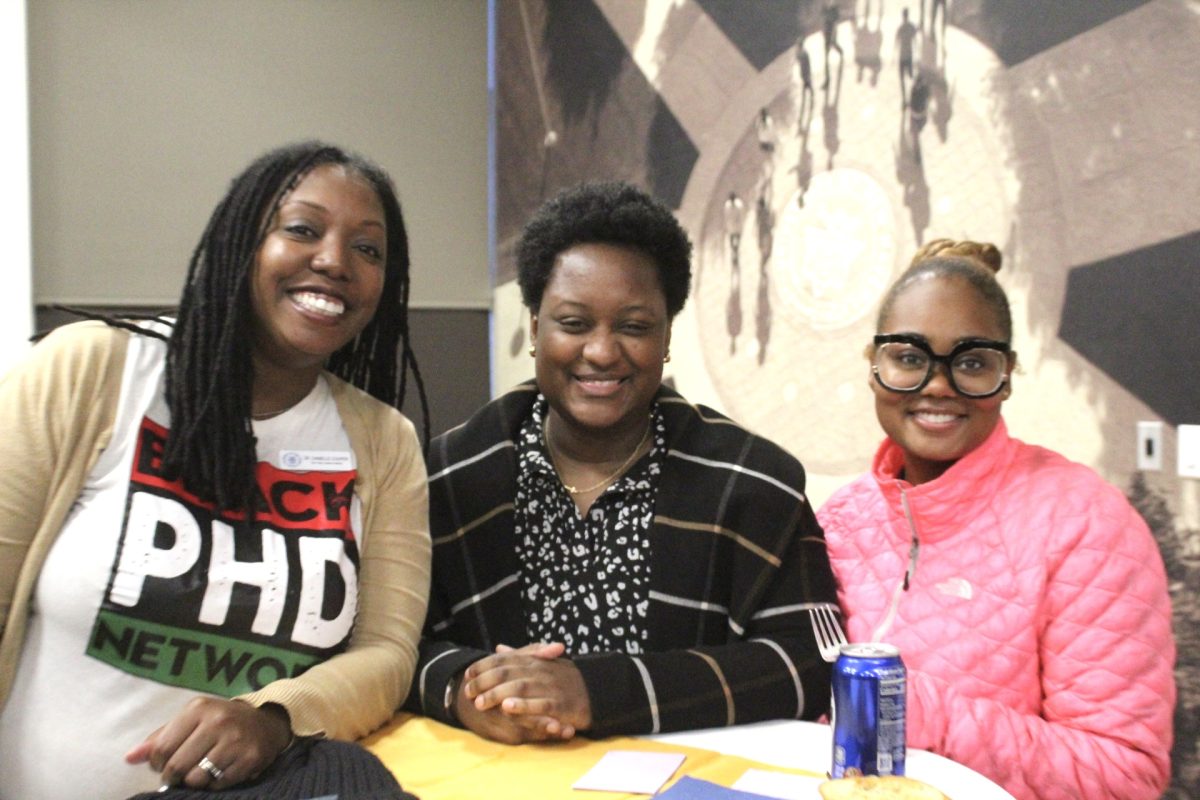This Thursday, Apr. 22, is official called Earth Day. Thirty-five years before Al Gore’s An Inconvenient Truth made global warming a household term and the green mainstream, some twenty million people across the United States celebrated the first Earth Day on Apr. 22, 1970. Today, more than one billion people around the world take part in this event. Until that time, protecting the planet’s natural resources was not part of the national political agenda. Back then, a few activists worked on traditional green issues such as conservation and the protection of the wilderness and animals. But no one tackled the urban ones such as industrial pollution. Sadly, factories pumped pollutants into the air, lakes, and rivers with few legal consequences. Very few Americans were familiar with recycling. So who woke America up to the problems facing our environment?
Senator Gaylord Nelson, a Democrat from Wisconsin who was elected to the U.S. Senate in 1962, was determined to wake up the federal government to the fact that the earth was at risk. In 1969, Nelson, considered one of the leaders of the modern environmental movement, developed the idea for Earth Day after being inspired by the anti-Vietnam War “teach-ins” that were taking place on college campuses around the United States. According to Nelson, he envisioned a large-scale, grassroots environmental demonstration “to shake up the political establishment and force this issue onto the national agenda.”
Nelson announced the Earth Day concept at a conference in Seattle in the fall of 1969 and invited the entire nation to get involved. Dennis Hayes, a young activist who had served as student president at Stanford University was selected as Earth Day’s national coordinator, and he worked with an army of student volunteers and several staff members from Nelson’s Senate office to organize the project.
According to Nelson: “Earth Day worked because of the spontaneous response at the grassroots level. We had neither the time nor resources to organize 20 million demonstrators and the thousands of schools and local communities that participated. That was the remarkable thing about Earth Day. It organized itself.” On Apr. 22, rallies were held in Philadelphia, Chicago, Los Angeles, and “most other American cities,” according to the Environmental Protection Agency. “In fact, 80 percent of all observances were urban affairs.” In New York City, Mayor John Lindsay closed off a portion of Fifth Avenue to traffic for several hours and spoke at a Union Square rally with actors Paul Newman and Ali McGraw. In Washington, D.C., thousands of people listened to speeches and performances by singer Pete Seeger and others and Congress went into recess so its members could speak to their constituents at Earth Day events.
The first Earth Day was effective at raising awareness about environmental issues and impacting public attitudes.” Earth Day kicked off the “environmental decade with a bang,” according to Senator Nelson. During the 1970s, a number of important pieces of environmental legislation were passed, among them the Clean Air Act, the Water Quality Improvement Act, the Endangered Species Act, the Toxic Substances Control Act, and the Surface Mining Control and Reclamation Act. Another key development was the establishment, in December 1970, of the Environmental Protection Agency, which was tasked with protecting human health and safeguarding the natural environment—air, water, and land. Before the agency was founded, “the federal government was not structured to make a coordinated attack on the pollutants that harm human health and degrade the environment. Since 1970, Earth Day celebrations have grown. In 1990, Earth Day went global, with 200 million people in over 140 nations participating, according to the Earth Day Network (EDN), a nonprofit organization that coordinates Earth Day activities. “Earth Day 1990 gave a huge boost to recycling efforts worldwide and helped pave the way for the 1992 United Nations Earth Summit in Rio de Janeiro.” In 2000, Earth Day focused on clean energy and involved hundreds of millions of people in 184 countries and 5,000 environmental groups, according to EDN. Activities ranged from a traveling, talking drum chain in Gabon, Africa, to a gathering of hundreds of thousands of people at the National Mall in Washington. Today, the Earth Day Network collaborates with over 17,000 partners and organizations in 174 countries. EDN states that more than 1 billion people are involved in Earth Day activities, making it “the largest secular civic event in the world.”







